The First High Performances Italian Seaplane
The Macchi M.3 (originally designated L.3, renamed M.3 in 1917) was an Italian biplane flying boat introduced during World War I and used primarily by the Regia Marina (Italian Royal Navy). It was developed by Macchi from the earlier L.2 model inspired by the Austrian Lohner as an unequal-span biplane with a new refined hull and tailplane structure, pushed by an Isotta Fraschini V.4B and single trainable machine gun. About 220 were built, taking many roles until replaced by the M5. The M3 also pioneered aerial photoreconnaissance in the Italian Navy and was still around around 1924 for training.The maker, Macchi:
Fratelli Giovanni and Agostino Macchi founded their company in Varese, c1850 to build animal-drawn carriages and omnibuses. It naturally went later to motorized everything, from motorcycles and buses. When planes made their appearance, Giovanni, Giuseppe, Enrico and Giulio Macchi created on June 19, 1905 the "Società Anonima Fratelli Macchi - Carrozzeria, Automobili e Ruotificio" and a modern manufacture funded by Milan and Varese investors and Bankers. The spark was the need for aircraft by the army following the Italo-Turkish war. In October 1912 the Italian MoD ordered a competition for a mass-produced military aircraft, and the company made a joint venture with Nieuport, reaching agreement on 1st May 1913 for a licence-production in Varese. Nieuport-Macchi delivered n less than 646 modello 11 "bebe" for the Regia Aeronautica and 46 Nieuport-Macchi Parasol wing observation models.Towards Flying Boats: Macchi L1-L2
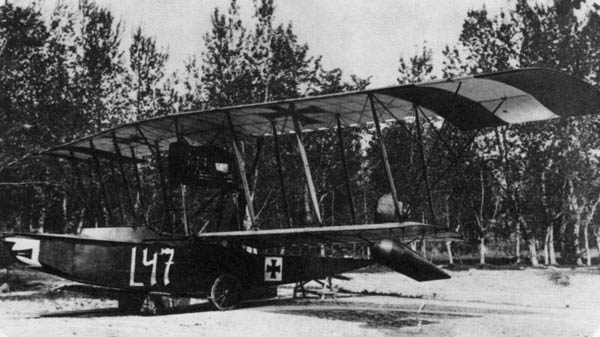
Lohner L (1914)
In 1915 a lone Lohner L observation seaplane was damaged and crash-landed in Italian waters, was captured, and taken to NAS Porto Corsini, studied, and then sent to Macchi to be basically reversed-engineered by Macchi-Nieuport. The first prototype flew in a month, called the Macchi L.1. This interested the Government which placed immediately an order for a first bath, to be delivered to Italian maritime reconnaissance units of the Adriatic.
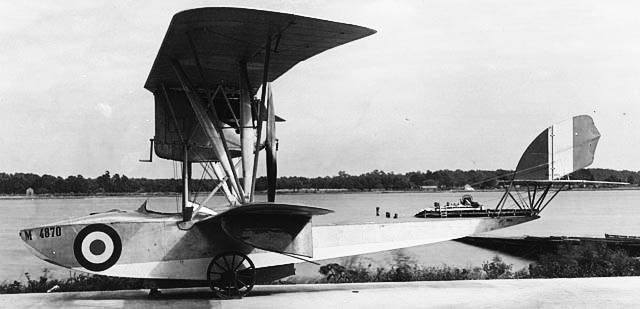
In all, fourteen were delivered, all armed with a Fiat machine gun and powered by an Isotta-Fraschini V.4a engine. An improved version was developed as the Macchi L.2, powered by the better Isotta-Fraschini V.4B 119 kW (160 hp) engine, and ten were 10 built. There were certainly plenty of improvements to be made, and this led Macchi to study an even more improved version with a new version of the V.4 engine, but the 4.C was never operational, and the L.3 series kept the same engine.
Towards the Macchi L.3
To go from the Lohner to the L.1 and then to the L.2, the path chosen was a serie of gradual improvements: In an attempt by engineer Carlo Felice Buzio, to improve the performance of the L.1, he created a reduced span on the swept biplane wings. The other point was the installation of the 119 kW (160 hp) Isotta Fraschini V.4B engine. The L.3 was developed from the L.2 and kept its three-bay unequal-span biplane configuration, but there was a two-man crew in side-by-side cockpits now.One could man a machine gun and procure a minimum of defence. The M3 also kept the single Isotta Fraschini engine, which was strut-mounted between both wings in a pusher configuration. Four light bombs can also be carried. The Ten L.2s delivered to the Italian Navy for evaluation, after its first flight in January 1916 soon led to a design improved in such a way it became the L.3. In between, the ten L.2, after countless modifications and tested, entered service officially in October 1916.
The Macchi L.3 was an attempt in late 1916 to keep what worked well, the unequal-span biplane wings, with some structural improvements due to the installation of a planned more powerful engine. However, C.F. Buzio ensured the hull was completely reworked and reshaped. The strut-mounted tailplane was also reworked as well. If the hull was modified in many ways (see later), the two seats in tandem configuration was kept and a machine gun on a trainable mount was repeated for the co-pilot. All this work was done by late 1916, and the prototype L.3 flew by December 1916. An order for 200 was signed.
In January 1917, given the substantial differences in hull and tailplane, Macchi adopted a new designation, its own, for these aircraft, to distinguish these from the previous Lohner-based L.1 and L.2. The "M" (for Macchi) was introduced, which would remain in effect throughout all subsequent production until WW2, and the new model, when introduced in service by March 1917, assumed the definitive designation M.3. In between, by November 1916, the prototype L.3 broke a record: It gained the world altitude record for a seaplane when it climbed to 5,400 m (17,700 ft) in 41 minutes. This was partly due to the efforts of Buzio to create a refined hull with improved aerodynamics, somewhat lighter but stronger, that made the best of the available power. Macchi by the fall of 1916 had created the world's fastest flying boat.
Design of the Macchi M3
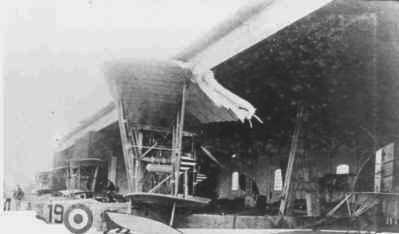 The L.3 was in all but name, an L.2 with a new hull and many modifications. As seen above, this was the same a biplane-sesquiplane wing configuration and the propeller unit mounted in a pusher configuration. The hull was shorter than the L.2 at 8,08 m (26 ft) overall versus 10,60 m. The wings were also further reduced, at 10,25 m for the lower plane (16.2 m for the L.2), fixed to the fuselage's top and 15,95 m for the upper, plane, and fixed to the fuselage and lower plane by no less than eight strut pairs in all, plus an additional oblique pair attached to the foot of the last outer vertical pair, supporting the wing extensions. The model was 3,33 m high at the top of the upper wing. The total lifting surface was 46,0 m² (versus 48 m2 for the L.2). The fuselage was not only shorter and refined it ended stronger, but lighter still, with the overall flying boat reaching 900 kg empty, and 1,350 kg fully loaded versus 1,450 kgs for the L.2. The tail structure was modified in profile and strength as well.
The L.3 was in all but name, an L.2 with a new hull and many modifications. As seen above, this was the same a biplane-sesquiplane wing configuration and the propeller unit mounted in a pusher configuration. The hull was shorter than the L.2 at 8,08 m (26 ft) overall versus 10,60 m. The wings were also further reduced, at 10,25 m for the lower plane (16.2 m for the L.2), fixed to the fuselage's top and 15,95 m for the upper, plane, and fixed to the fuselage and lower plane by no less than eight strut pairs in all, plus an additional oblique pair attached to the foot of the last outer vertical pair, supporting the wing extensions. The model was 3,33 m high at the top of the upper wing. The total lifting surface was 46,0 m² (versus 48 m2 for the L.2). The fuselage was not only shorter and refined it ended stronger, but lighter still, with the overall flying boat reaching 900 kg empty, and 1,350 kg fully loaded versus 1,450 kgs for the L.2. The tail structure was modified in profile and strength as well.
Engine & Performances
 The engine, after Isotta-Fraschini struggling to create an improved V.4c engine reverted to the same V.4b already used on the Macchi L.2. Still, with a lighter frame and fuselage, reduced wingspan, the L.3 ended 100 kg lighter when fully loaded, which made the best of the same engine. As a result, based on the same 160 CV (118 kW) top speed went from 140 km/h to 145 144 km/h (90 mph, 78 kn) and time to altitude improved at 2,000m in 15 min. versus 2 000 m in 19 min. It was still capable of a 6,000 m ceiling. Range was 385 km (239 mi, 208 nmi) albeit different sources gives 450 km and even 600 km at low revolution and low speed.
The engine, after Isotta-Fraschini struggling to create an improved V.4c engine reverted to the same V.4b already used on the Macchi L.2. Still, with a lighter frame and fuselage, reduced wingspan, the L.3 ended 100 kg lighter when fully loaded, which made the best of the same engine. As a result, based on the same 160 CV (118 kW) top speed went from 140 km/h to 145 144 km/h (90 mph, 78 kn) and time to altitude improved at 2,000m in 15 min. versus 2 000 m in 19 min. It was still capable of a 6,000 m ceiling. Range was 385 km (239 mi, 208 nmi) albeit different sources gives 450 km and even 600 km at low revolution and low speed.
Armament:
The Macchi M.3 was designed as a reconnaissance model, unlike the M.5 which was a pure fighter fitted with two machine guns forward instead of the single flexible one on the co-pilot post for the M.3. The M.5 had heavier .303 British (7.7 mm) Vickers machine guns with 800 rounds cartridge bands each, whereas the Macchi M.3 had a lighter Lewis MG, the darling of aviation defence at the time. The flexible mount allowed the pilot a 50° arc of fire, so the aircraft needed to be pointed at the target beyond that. The Macchi M.3 also carried four light bombs, as was the L.2 and the M.5 as well.Succession
The M.3 was to be followed by the M.4. Two M.3s were fitted indeed with Fiat A.12 engines, re-designated Macchi M.4, and tested, but abandoned after completion in favour of the Macchi M.9. In between the M.5 was designed as a float plane fighter, with an even greater efficient hull, but lighter and narrower thanks to a single seat.Detailed specs
Specs First version M3 | |
| Crew: | 1 pilot, 1 copilot/gunner |
| Fuselage Lenght | 8,08 m |
| Wingspan | 10,25 m lower, 15,95 m top, 46 m2 |
| Height | 3,33 m |
| Empty weight: | 900 kgs. |
| Gross weight: | 1,350 kgs. |
| Powerplant: | Isotta Fraschini V.4B: 150 CV (110 kW) |
| Propellers: | 2-bladed wooden fixed-pitch propeller |
| Top speed: | 145 km/h |
| Endurance: | 600 km max, 450 km standard |
| Service ceiling: | 6,000 m |
| Armament | 1× 7.7 mm flexible mount LMG+ 4 bombs. |
In action, and Users
Over 200 M.3s were built and delivered to the Regia Marina and were used for bombing, reconnaissance, patrol and escort. In 1917, they also acted as escort fighters. Several aircraft were also used for commando operations behind Austrian lines, dropping incendiary bombs on depots by night for example. The M.3 also pioneered the Italian use of aerial photography, reporting on the position of Austro-Hungarian ships in Pola, Cattaro and other ports and gathering areas.The M.3s was used by the Regia Marina in 1917-18 notably for precision bombing against ships, but in general their main role was aerial reconnaissance and maritime patrol. They also were used as convoy escort aircraft, acting as vanguard for ships formations, spotting in advance any smoke on the horizon and reporting about ships at anchor out of range of coastal artillery. However in case of spotting, they needed to communicate this with dropped tubes as there was no radio at the time.
Later in 1917, the single-seater M.5 started to replace the M.3 in some of their main roles. Then start a series of Marine commando operations behind enemy lines. They were also more specialized in photo-reconnaissance with modern cameras and used for photogrammetry as well. The 253rd Squadron performed such tasks, having nine Macchi M.3 in inventory for example by the spring of 1917. Next was created the 254th Squadron with four M.3 and the 251st Squadron with six, on 1 June 1917. The 252nd Squadron flew L.1 before switching from the second half of October to the M.3. Then the 255th Sqn. had five aircraft by 1 January 1918, receiving these by June 1917. The 259th Squadron operated L.3s by June 1917 and had also five by 1 January 1918. The 256th Squadron was created on 1 July 1917 with L.3s as well, with still six by 1 September, and the 265th Squadron in January 1918 operated four flying boats.
In 1918, the M.3 was retained as trainer. For this, it was modified with a reinforced floor and dual controls. In 1923, they were incorporated by the newly created, independent Regia Aeronautica and used until the next year in 1924, and definitively replaced.
 Paraguay
Paraguay
In 1919, an M.3 from the Italian Military Mission in Argentina linked by air Buenos Aires with Asunción in Paraguay for the first time. It was later donated to the Paraguayan government. Lieutenant Arturo Escario trained on this model in Argentina, but it was destroyed in an accident on 30 September 1919 and Lieutenant Escario, died the following day of his wounds.
 Switzerland
Switzerland
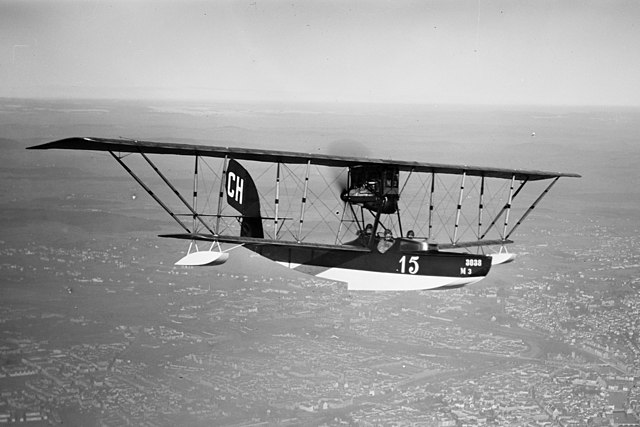
A number of second-hand aircraft were purchased postwar by the Swiss company Ad Astra Aero (above photo) for charters and joyrides over the Swiss lakes, with two passengers seated side-by-side behind a large windscreen and the pilot in a raised open cockpit further aft.
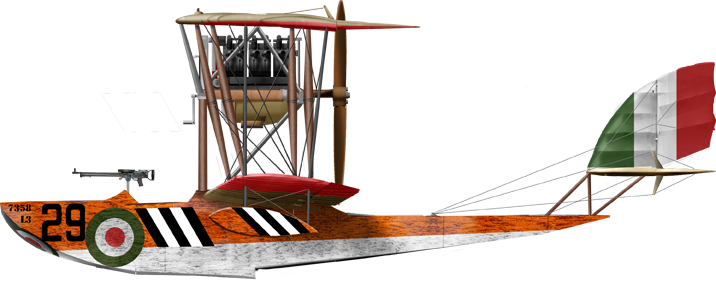
M3 252 Squadriglia.
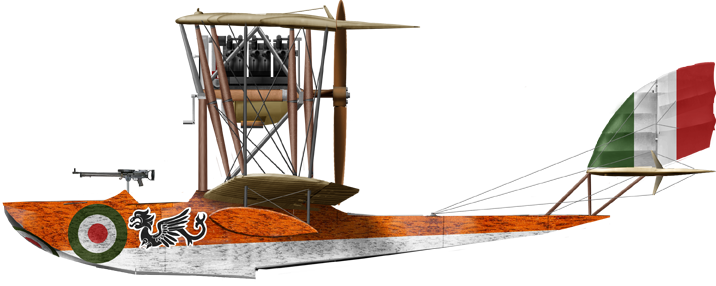
M3 253 Squadriglia
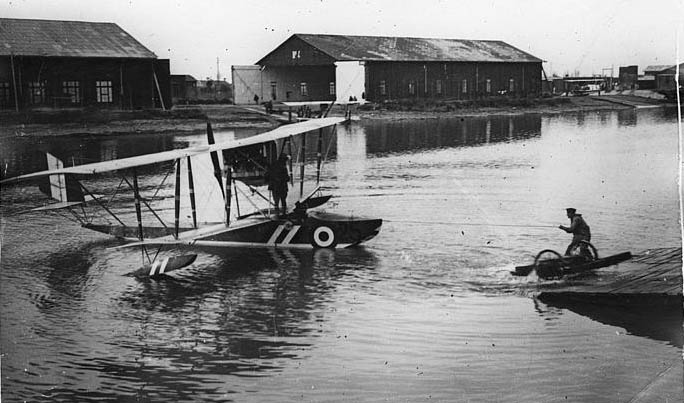
Lido Squadriglia, Venice NAS.
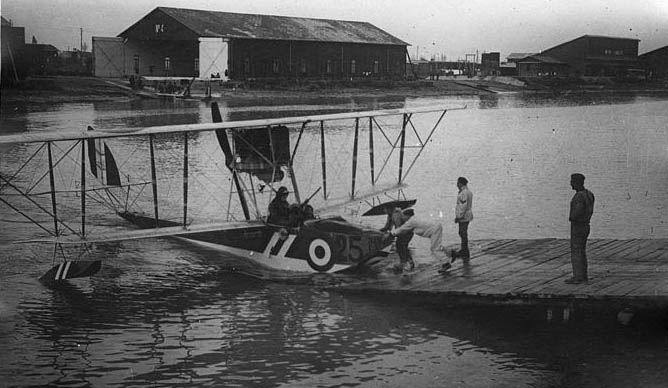
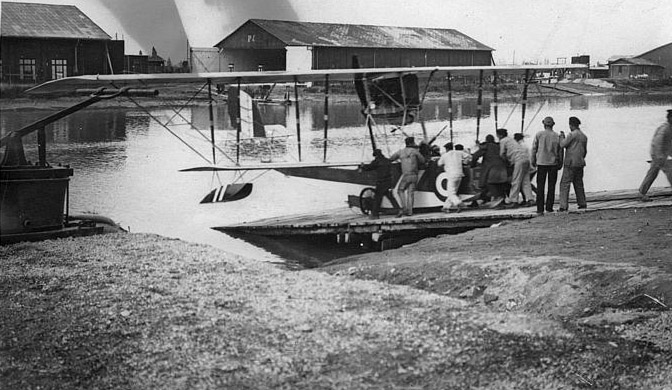
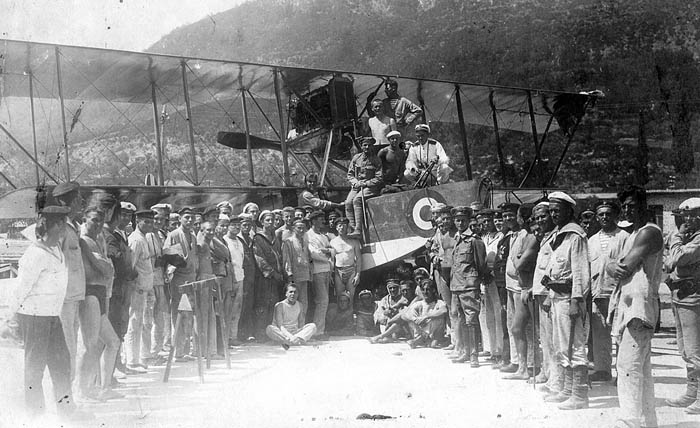
Captured in Montenegro
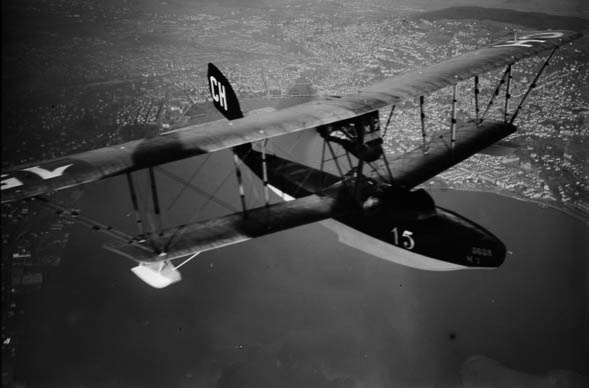
Swiss CH15 in flight over Leman Lake
References
A.A. V.V, L'Aviazione - grande enciclopedia illustrata, Novara, Istituto Geografico De Agostini, 1985Rob Mulder, Fleet list of Ad Astra Aero AG and predecessors (1919-1931) European Airlines
Michael J. H. Taylor, Jane's Encyclopedia of Aviation, Londra, Studio Editions, 1989.
The Illustrated Encyclopedia of Aircraft (Part Work 1982-1985), Orbis Publishing, 1º gennaio 1988.
Sapienza Fracchia, Antonio Luis: La Contribución Italiana en la Aviación Paraguaya. Author's edition. Asunción, 2007
I Reparti dell'aviazione italiana nella Grande Guerra, AM Ufficio Storico - Roberto Gentilli e Paolo Varriale, 1999
wiki en M3
wiki it M3
it.wikipedia.org
ilfrontedelcielo.it
stormomagazine.com
airwar.ru
avia-it.com
CC Macchi M3
worldwar1.com
flyingmachines.ru
- Lohner E (1913)
- Macchi M3 (1916)
- Macchi M5 (1918)
- Ansaldo ISVA (1918)
- Sopwith Baby (1916)
- Short 184 (1916)
- Fairey Campania (1917)
- Sopwith Cuckoo (1917)
- Felixstowe F.2 (1917)
- Friedrichshafen FF 33 (1916)
- Albatros W4 (1916)
- Albatros W8 (1918)
- Hanriot HD.2
- Grigorovitch M5
- IJN Farman MF.7
- IJN Yokosho Type Mo
- Yokosho Rogou Kougata (1917)
- Yokosuka Igo-Ko (1920)
- Curtiss N9 (1916)
- Aeromarine 39
- Vought VE-7
- Douglas DT (1921)
- Boeing FB.5 (1923)
- Boeing F4B (1928)
- Vought O2U/O3U Corsair (1928)
- Blackburn Blackburn (1922)
- Supermarine Seagull (1922)
- Blackburn Ripon (1926)
- Fairey IIIF (1927)
- Fairey Seal (1930)
- LGL-32 C.1 (1927)
- Caspar U1 (1921)
- Dornier Do J Wal (1922)
- Rohrbach R-III (1924)
- Mitsubishi 1MF (1923)
- Mitsubishi B1M (1923)
- Yokosuka E1Y (1923)
- Nakajima A1N (1927)
- Nakajima E2N (1927)
- Mitsubishi B2M (1927)
- Nakajima A4N (1929)
- CANT 18
WW1
✠ K.u.K. Seefliegerkorps:
 Italian Naval Aviation
Italian Naval Aviation
 RNAS
RNAS
 Marineflieger
Marineflieger
 French Naval Aviation
French Naval Aviation
 Russian Naval Aviation
Russian Naval Aviation
 IJN Air Service
IJN Air Service
 USA
USA
Interwar
 Interwar US
Interwar US
 Interwar Britain
Interwar Britain
 Interwar France
Interwar France
 Interwar Germany
Interwar Germany
 Interwar Japan
Interwar Japan
 Interwar Italy
Interwar Italy
- Curtiss SOC seagull (1934)
- Grumman FF (1931)
- Curtiss F11C Goshawk (1932)
- Grumman F2F (1933)
- Grumman F3F (1935)
- Northrop BT-1 (1935)
- Grumman J2F Duck (1936)
- Consolidated PBY Catalina (1935)
- Brewster/NAF SBN-1 (1936)
- Curtiss SBC Helldiver (1936)
- Vought SB2U Vindicator (1936)
- Brewster F2A Buffalo (1937)
- Douglas TBD Devastator (1937)
- Vought Kingfisher (1938)
- Curtiss SO3C Seamew (1939)
- Douglas SBD Dauntless (1939)
- Grumman F4F Wildcat (1940)
- F4U Corsair (NE) (1940)
- Brewster SB2A Buccaneer (1941)
- Grumman TBF/TBM Avenger (1941)
- Consolidated TBY Sea Wolf (1941)
- Grumman F6F Hellcat (1942)
- Curtiss SB2C Helldiver (1942)
- Curtiss SC Seahawk (1944)
- Grumman F8F Bearcat (1944)
- Ryan FR-1 Fireball (1944)
- Douglas AD-1 Skyraider (1945)
Fleet Air Arm
- Fairey Swordfish (1934)
- Blackburn Shark (1934)
- Supermarine Walrus (1936)
- Fairey Seafox (1936)
- Blackburn Skua (1937)
- Short Sunderland (1937)
- Blackburn Roc (1938)
- Fairey Albacore (1940)
- Fairey Fulmar (1940)
- Grumman Martlet (1941)
- Hawker sea Hurricane (1941)
- Brewster Bermuda (1942)
- Fairey Barracuda (1943)
- Fairey Firefly (1943)
- Grumman Tarpon (1943)
- Grumman Gannet (1943)
- Supermarine seafire (1943)
- Blackburn Firebrand (1944)
- Hawker Sea Fury (1944)
IJN aviation
- Aichi D1A "Susie" (1934)
- Mitsubishi A5M "Claude" (1935)
- Nakajima A4N (1935)
- Yokosuka B4Y "Jean" (1935)
- Mitsubishi G3M "Nell" (1935)
- Nakajima E8N "Dave" (1935)
- Kawanishi E7K "Alf" (1935)
- Nakajima B5N "Kate" (1937)
- Kawanishi H6K "Mavis" (1938)
- Aichi D3A "Val" (1940)
- Mitsubishi A6M "zeke" (1940)
- Nakajima E14Y "Glen" (1941)
- Nakajima B6N "Jill" (1941)
- Mitsubishi F1M "pete" (1941)
- Aichi E13A Reisu "Jake" (1941)
- Kawanishi E15K Shiun "Norm" (1941)
- Nakajima C6N Saiun "Myrt" (1942)
- Yokosuka D4Y "Judy" (1942)
- Kyushu Q1W Tokai "Lorna" (1944)
Luftwaffe
- Arado 196 (1937)
- Me109 T (1938)
- Blohm & Voss 138 Seedrache (1940)
Italian Aviation
- Savoia-Marchetti S.55
- IMAM Ro.43/44
- CANT Z.501 Gabbiano
- CANT Z.506 Airone
- CANT Z.508
- CANT Z.511
French Aeronavale
- GL.300 (1926-39)
- Levasseur PL.5 (1927)
- Potez 452 (1935)
- Loire 210 (1936)
- Loire 130 (1937)
- LN 401 (1938)
Soviet Naval Aviation
- Shavrov SH-2 (1928)
- Tupolev TB-1P (1931)
- Beriev MBR-2 (1930)
- Tupolev MR-6 (1933)
- Tupolev MTB-1 (1934)
- Beriev Be-2 (1936)
- Polikarpov I16 naval (1936)
- Tupolev MTB-2 (1937)
- Ilyushine DB-3T/TP (1937)
- Beriev Be-4 (1940)
-
Skoda Š-328V
R-XIII Idro
Fokker C.XI W (1934)
WW2
- De Havilland Sea Vixen
- Hawker Sea Hawk
- Supermarine Scimitar
- Blackburn Buccaneer
- Hawker Sea Harrier
- Douglas A4 Skyhawk
- Grumman F9F Panther
- Vought F8 Crusader
- McDonnell-Douglas F-4 Phantom-II
- North Am. A5 Vigilante
- TU-142
- Yak 38 forger
☢ Cold War
✧ NATO
 Fleet Air Arm
Fleet Air Arm
 US Navy
US Navy
☭ Warsaw Pact
Merch
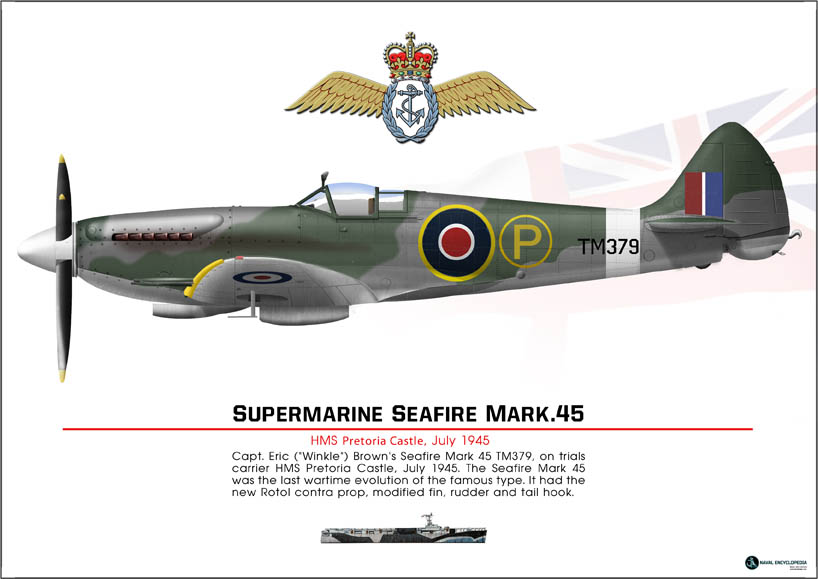
Seafire Mark 45; HMS Pretoria Castle

Zeros vs its aversaries
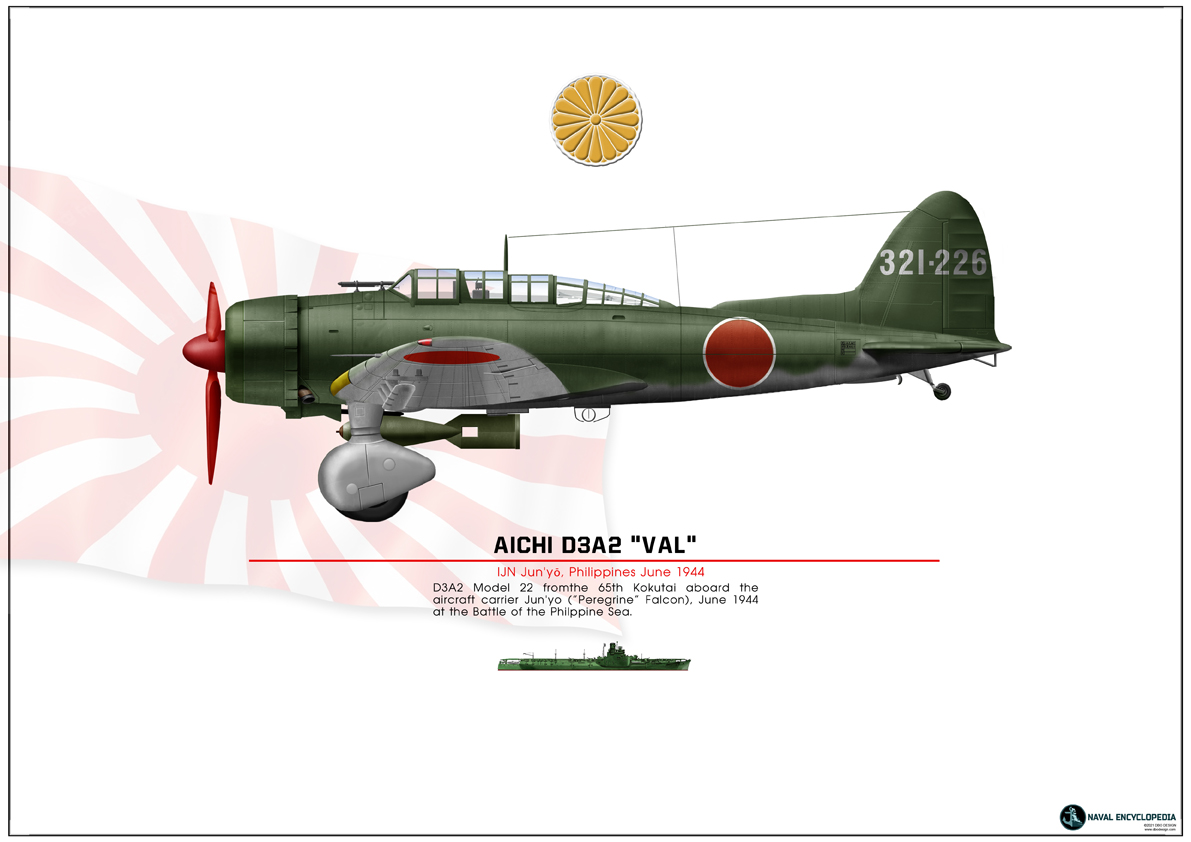
Aichi D3A “Val” Junyo

Mitsubishi A5M poster
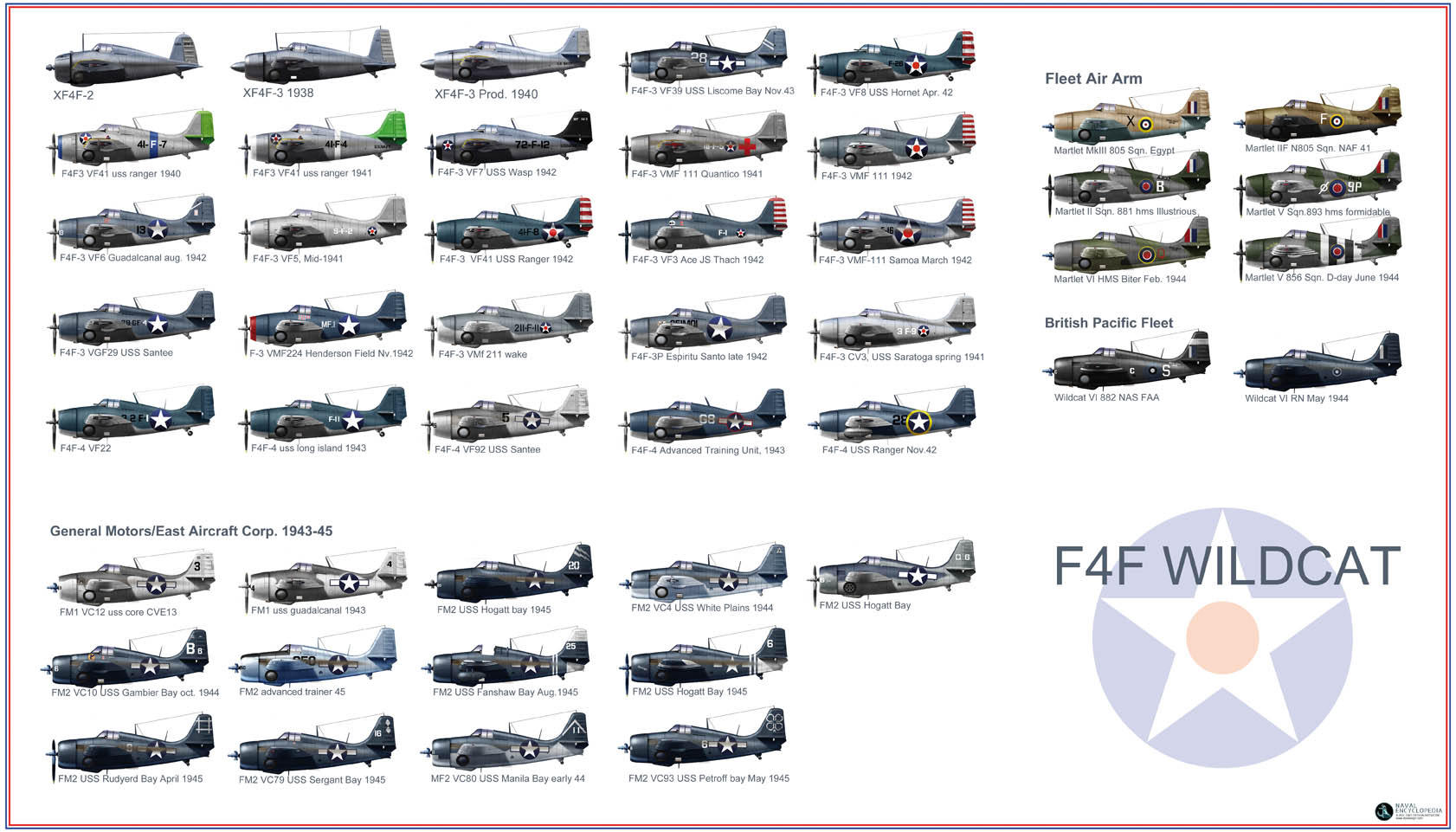
F4F wildcat
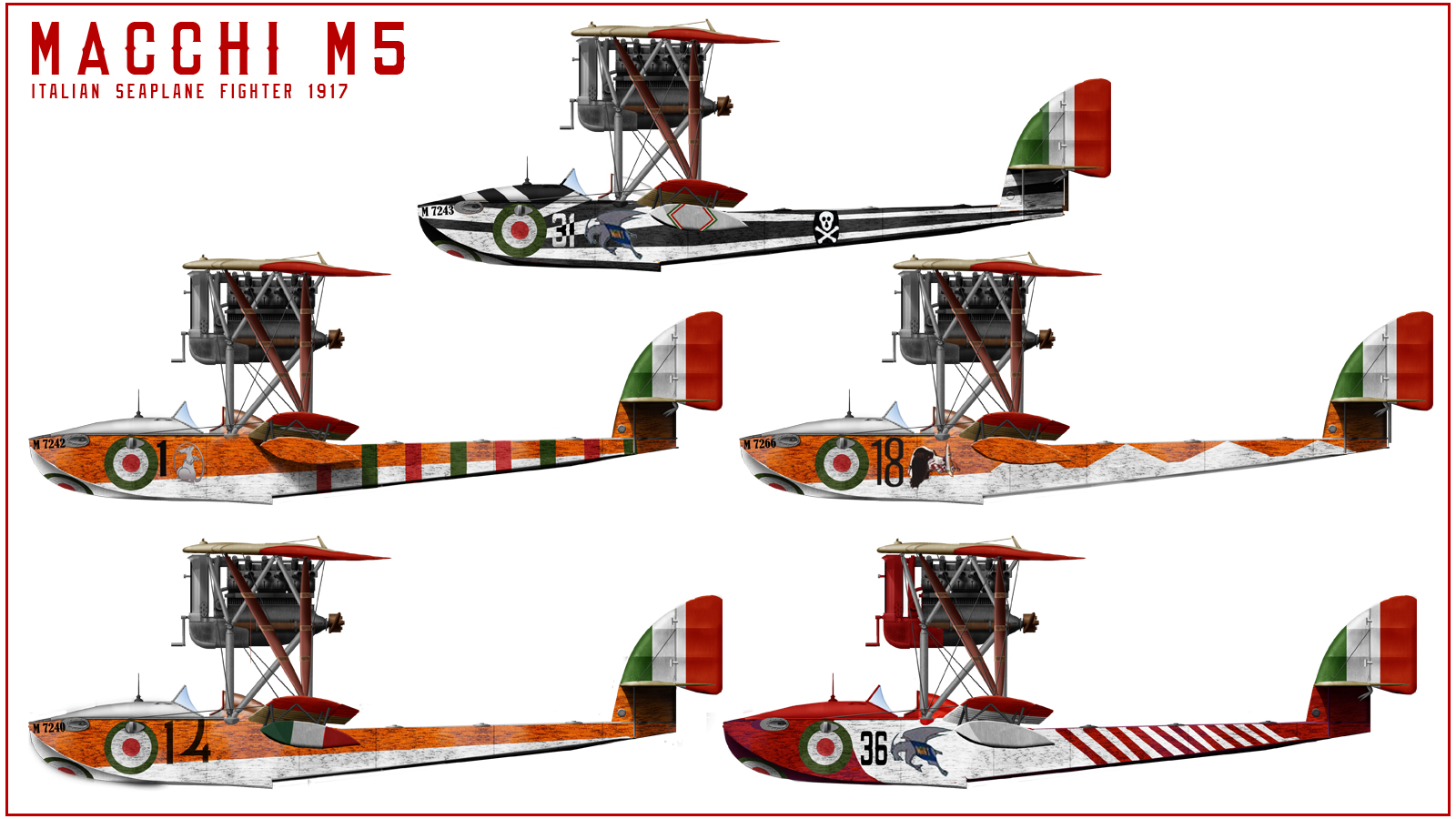
Macchi M5
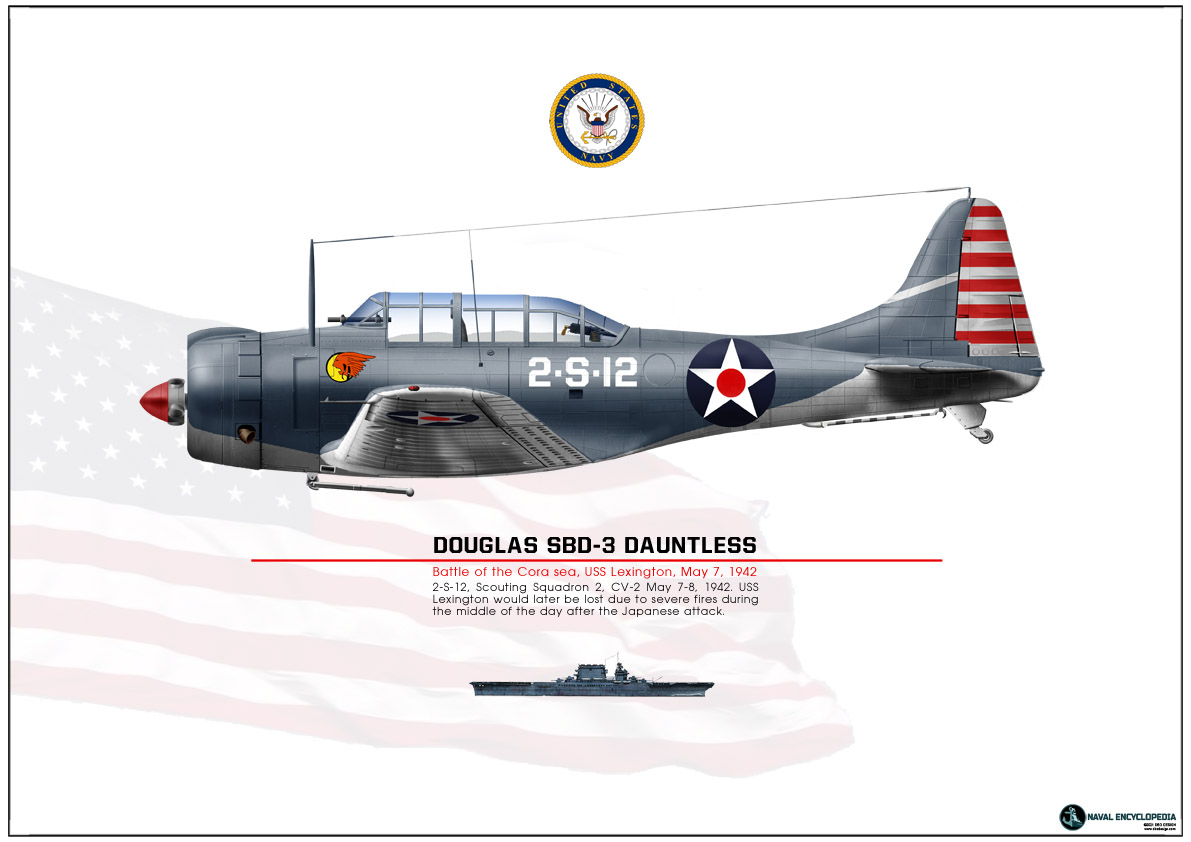
SBD Dauntless Coral Sea
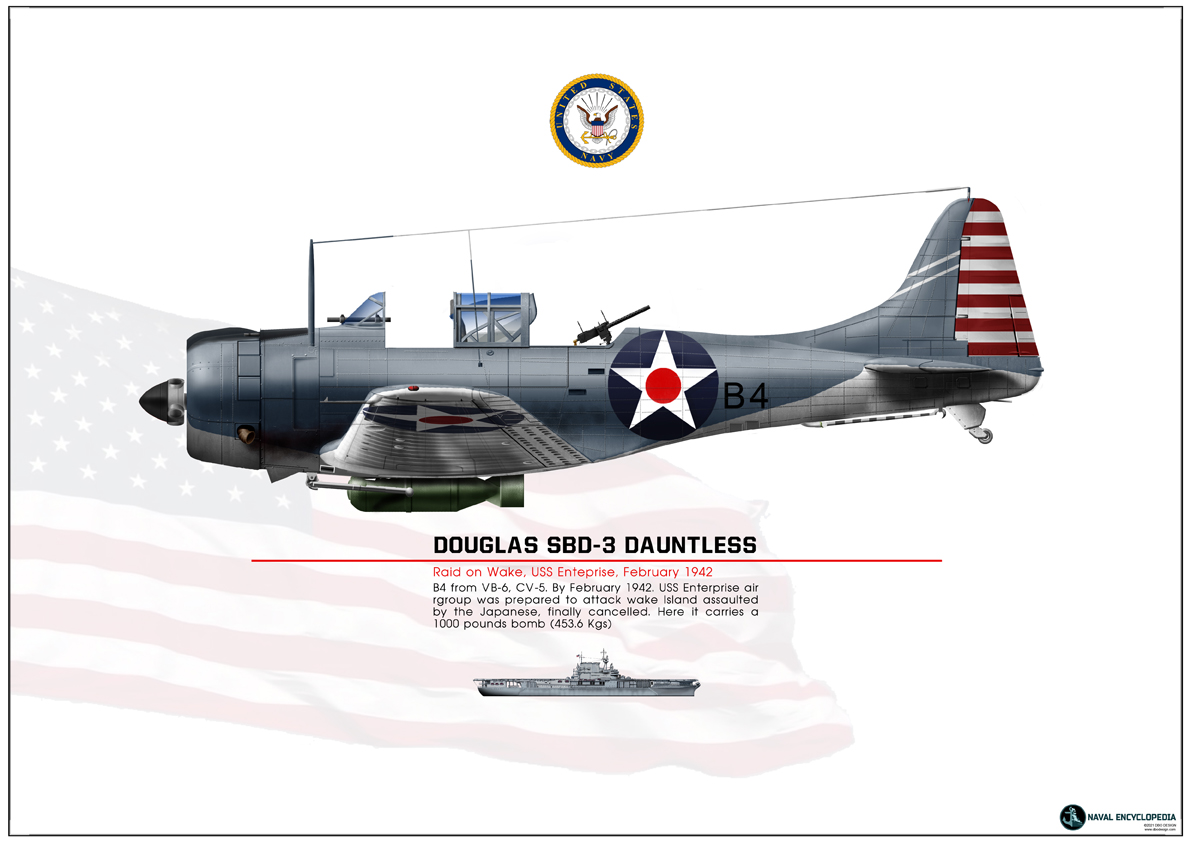
SBD Dauntless USS Enterprise
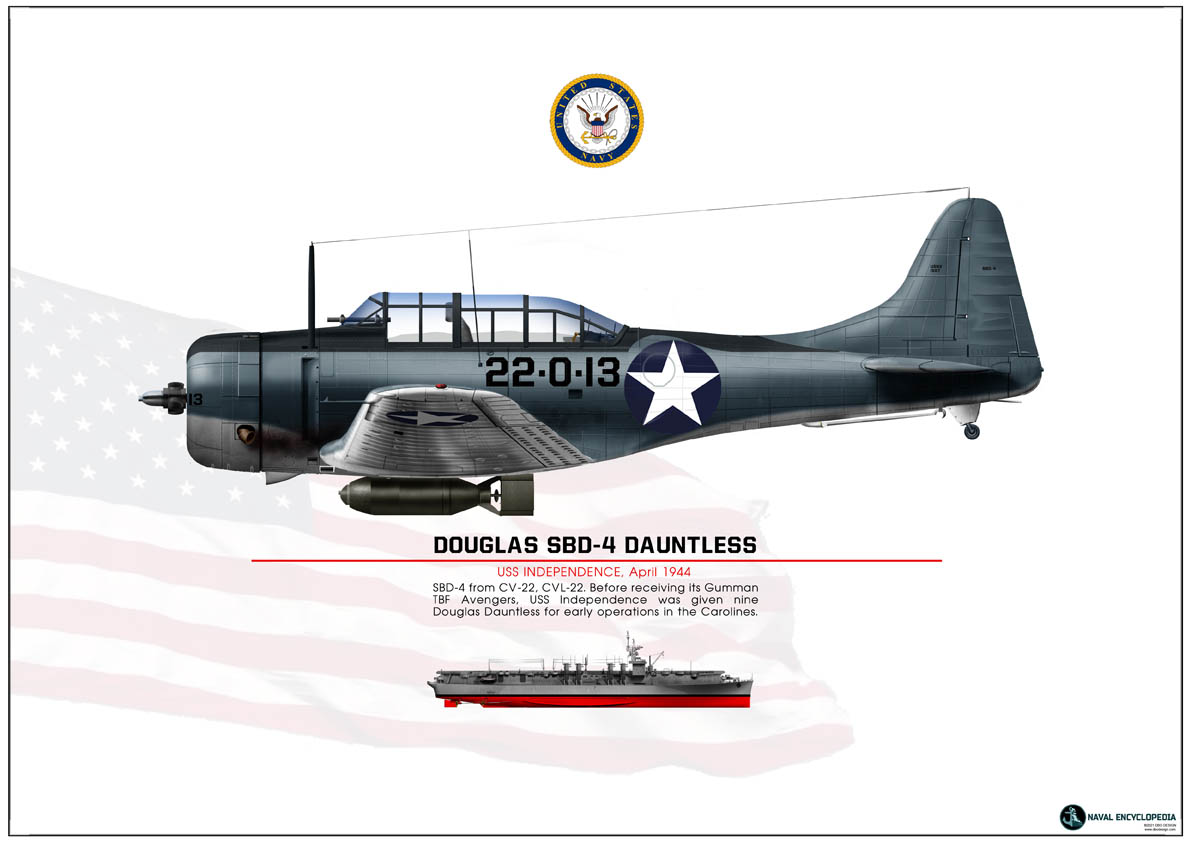
SBD-4 CV22